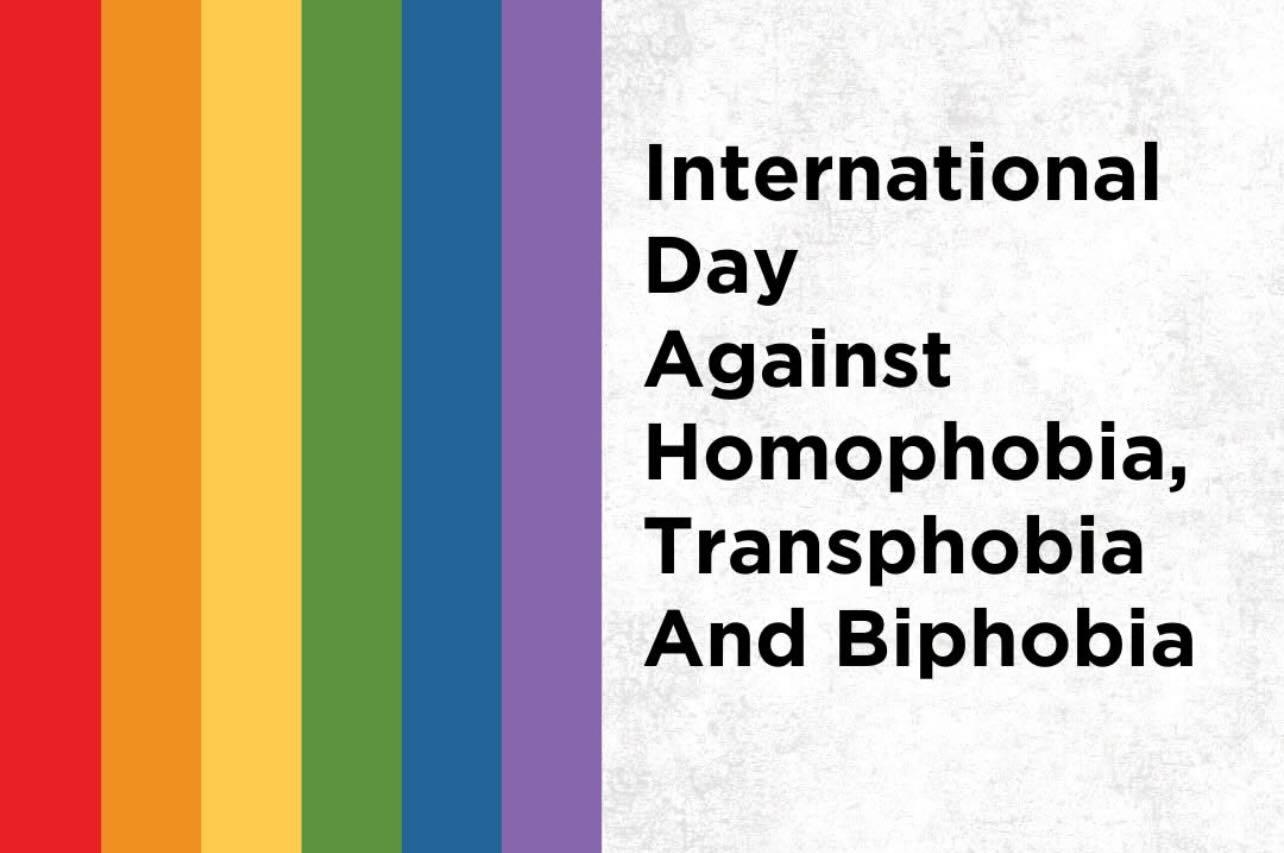A powerful wave of solidarity swept across the globe on May 17, 2025, as the International Day Against Homophobia, Transphobia, and Biphobia (IDAHOTB) took center stage, drawing attention to the ongoing struggle for LGBTQ+ rights. Marked by a striking image featuring the vibrant colors of the rainbow flag alongside the day’s title, this global observance has sparked a movement that’s resonating far beyond its traditional boundaries. As of 10:20 AM on Tuesday, May 20, 2025, Vietnam time (+07), the momentum continues to build, with social media platforms buzzing with support, debate, and calls for action.

The image, a simple yet bold design with red, orange, yellow, green, blue, and purple stripes, symbolizes the diversity and unity of the LGBTQ+ community. It serves as a visual rallying cry, reminding the world of the need to combat discrimination and violence faced by lesbian, gay, bisexual, transgender, and queer individuals. Established in 2004 to commemorate the World Health Organization’s decision to declassify homosexuality as a mental disorder, IDAHOTB has grown into a global event, with organizations, activists, and allies hosting events, raising awareness, and advocating for policy changes. This year’s observance, highlighted by the image, has reignited conversations about progress and the challenges that remain.
Supporters worldwide have taken to platforms like X and Facebook to celebrate the day, sharing stories of resilience and hope. “Every color represents a fight, a victory, a voice—IDAHOTB reminds us to keep pushing,” one user posted, while another shared photos from local rallies, captioned, “Love wins, hate loses—today and every day!” The day’s focus on joy and resistance has inspired a range of activities, from educational webinars to peaceful demonstrations, all aimed at dismantling prejudice and fostering acceptance. In countries where LGBTQ+ rights are still heavily restricted, the day has become a beacon of defiance, with activists risking their safety to participate.
However, the observance has not been without controversy. Critics argue that the day’s emphasis on specific identities overshadows other social issues, with some calling it “divisive” or “agenda-driven.” On X, one commenter wrote, “Why focus only on this? There are bigger problems to solve,” while another countered, “This is about human rights—don’t diminish it.” In regions where homophobia, transphobia, and biphobia are institutionalized, the day has faced backlash, with governments and conservative groups dismissing it as a Western imposition. This tension has fueled a global debate about cultural values, freedom, and the role of international advocacy.
The timing of IDAHOTB 2025 is particularly significant, occurring amidst a backdrop of both progress and pushback. In some nations, landmark legal victories—such as marriage equality expansions—have bolstered the movement, while in others, new laws restricting gender identity recognition or public expression have sparked outrage. The image’s circulation has amplified these discussions, serving as a call to action for activists and a challenge to policymakers. Organizations like ILGA World, which coordinates the day, report increased participation this year, suggesting a growing global commitment to ending discrimination.

Social media is alive with hashtags like #IDAHOTB2025 and #LoveIsNotACrime, with users sharing rainbow-themed art, personal testimonies, and calls for solidarity. Supporters highlight the day’s role in raising awareness, while critics question its effectiveness, sparking a lively exchange of views. Analysts suggest that this year’s observance could influence upcoming international forums, potentially pressuring governments to address LGBTQ+ rights more seriously. The image, with its universal colors, has become a symbol of this evolving struggle, drawing millions into the conversation.
So, what does this day mean for the future? For many, it’s a celebration of progress and a pledge to fight on; for others, it’s a point of contention reflecting deeper societal divides. The image and the global movement it represents have opened a Pandora’s box of opinions, leaving the world divided yet intrigued. As the conversation continues, one thing is clear: IDAHOTB 2025 has the potential to shape the fight for equality, and the global community is watching to see what comes next.






